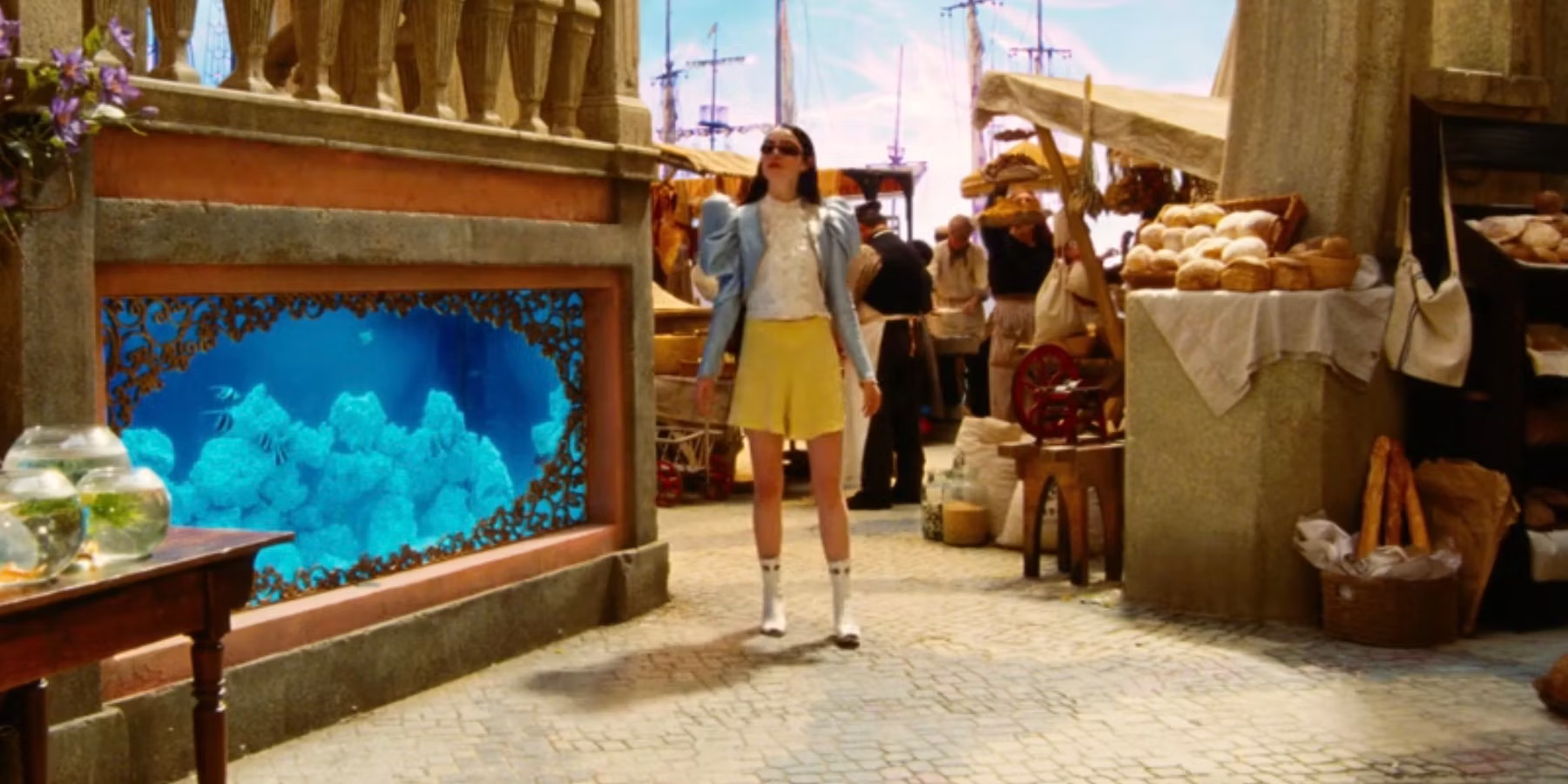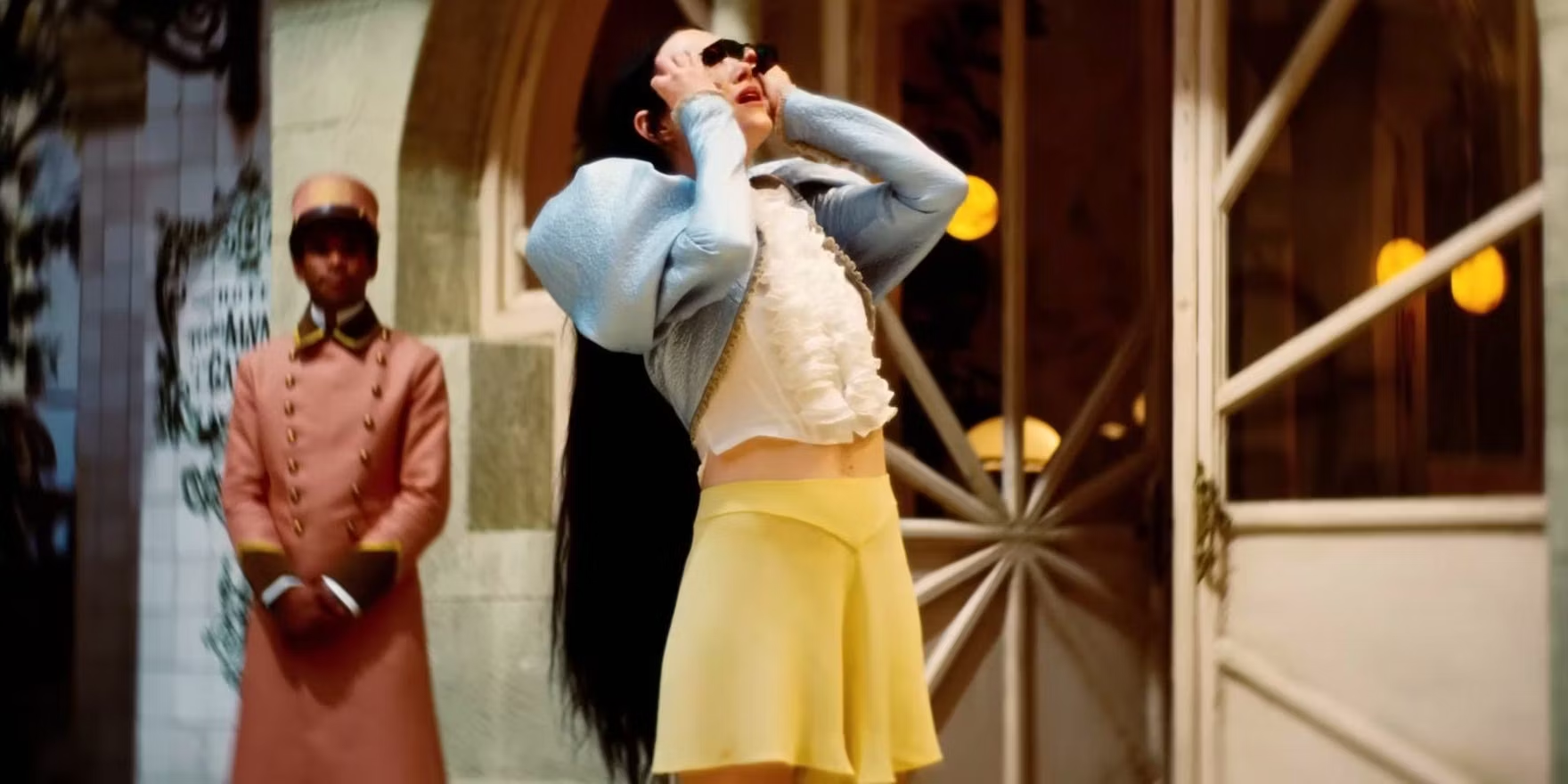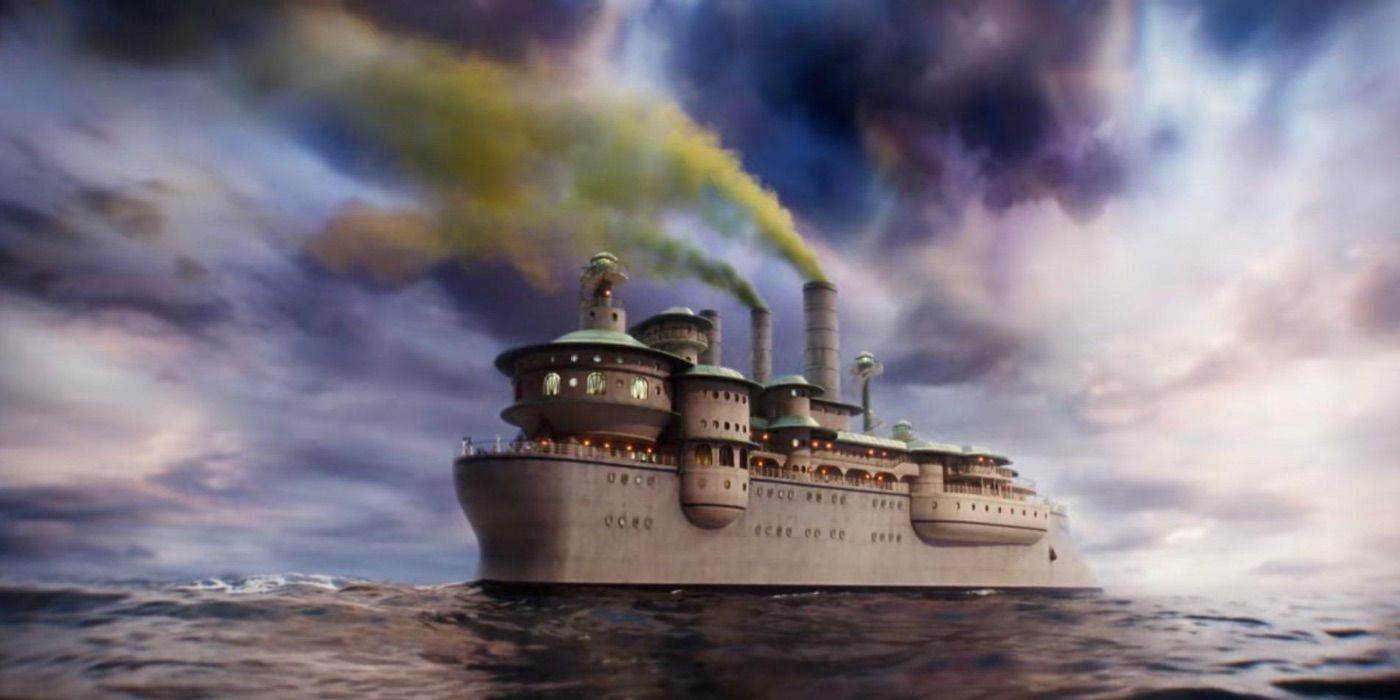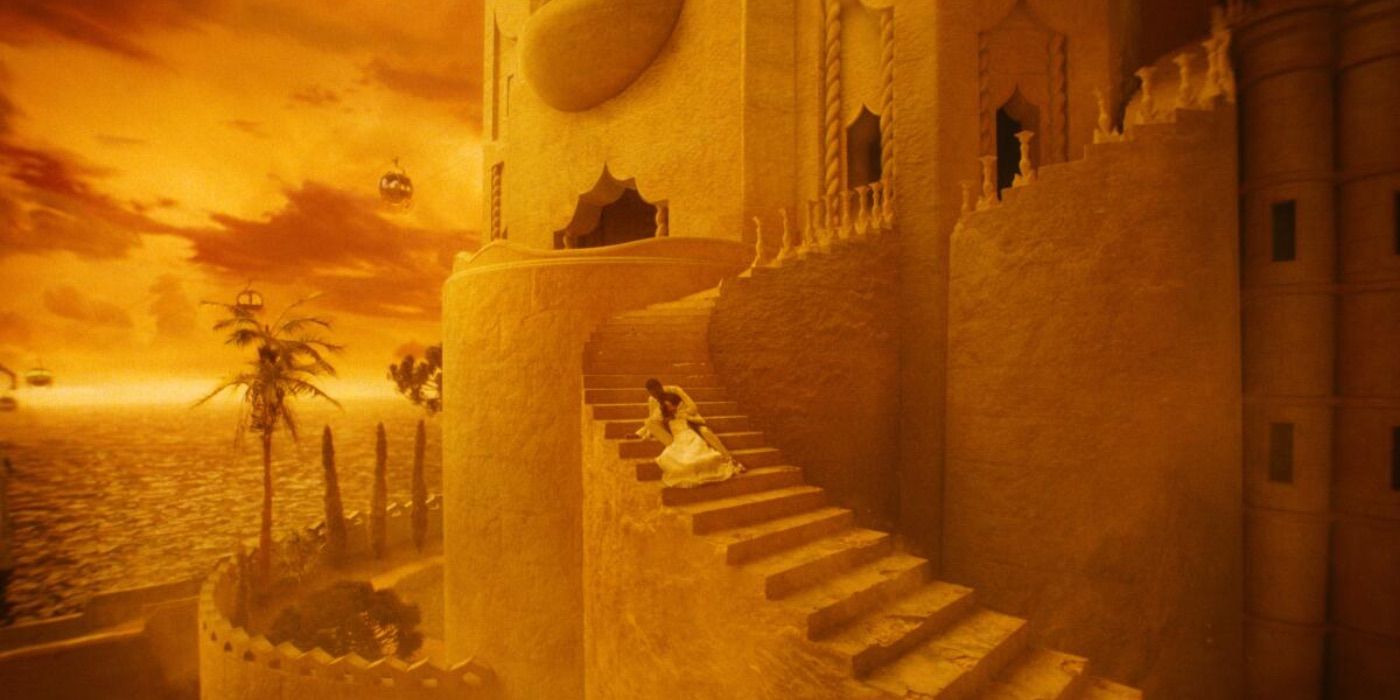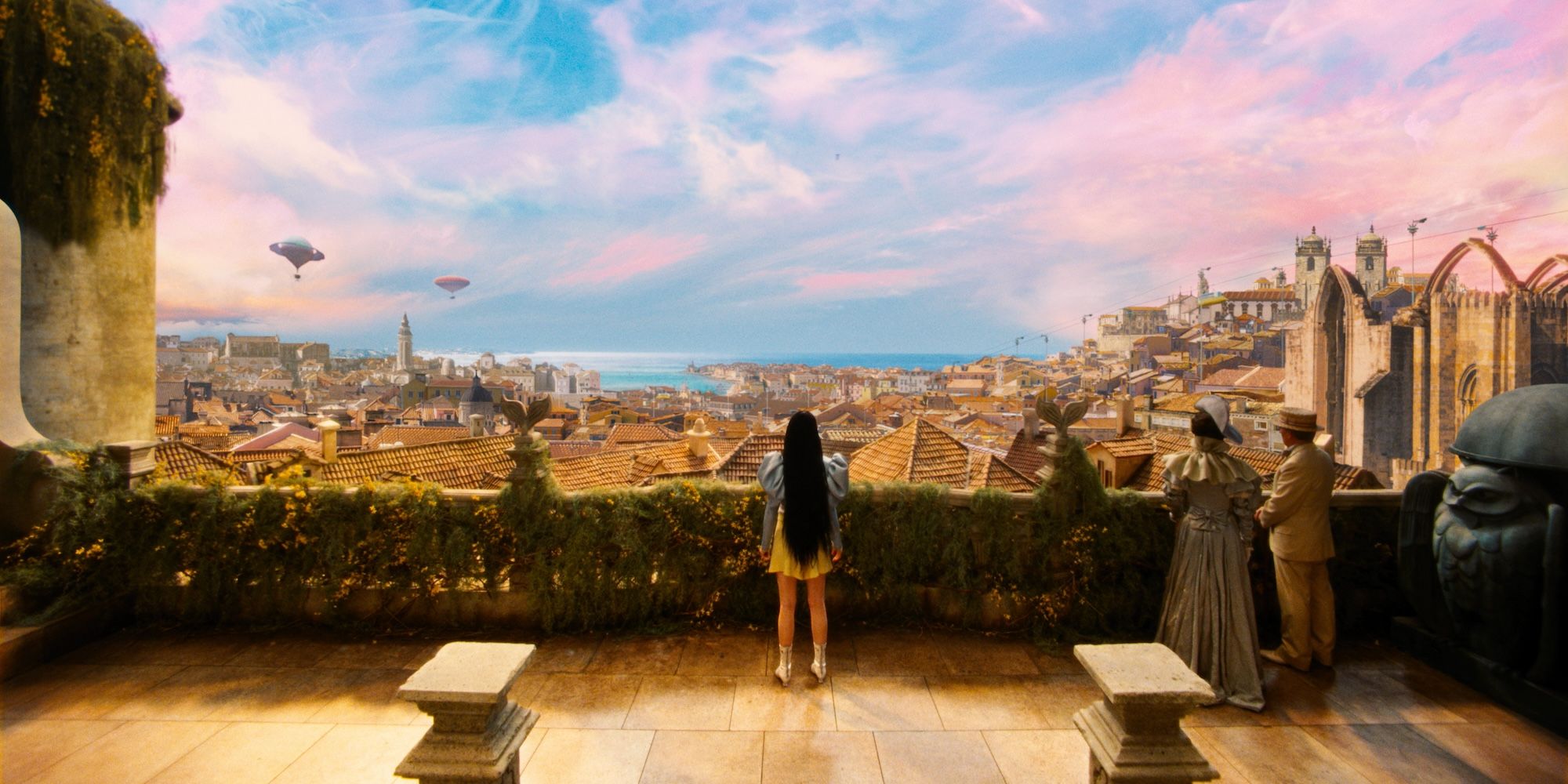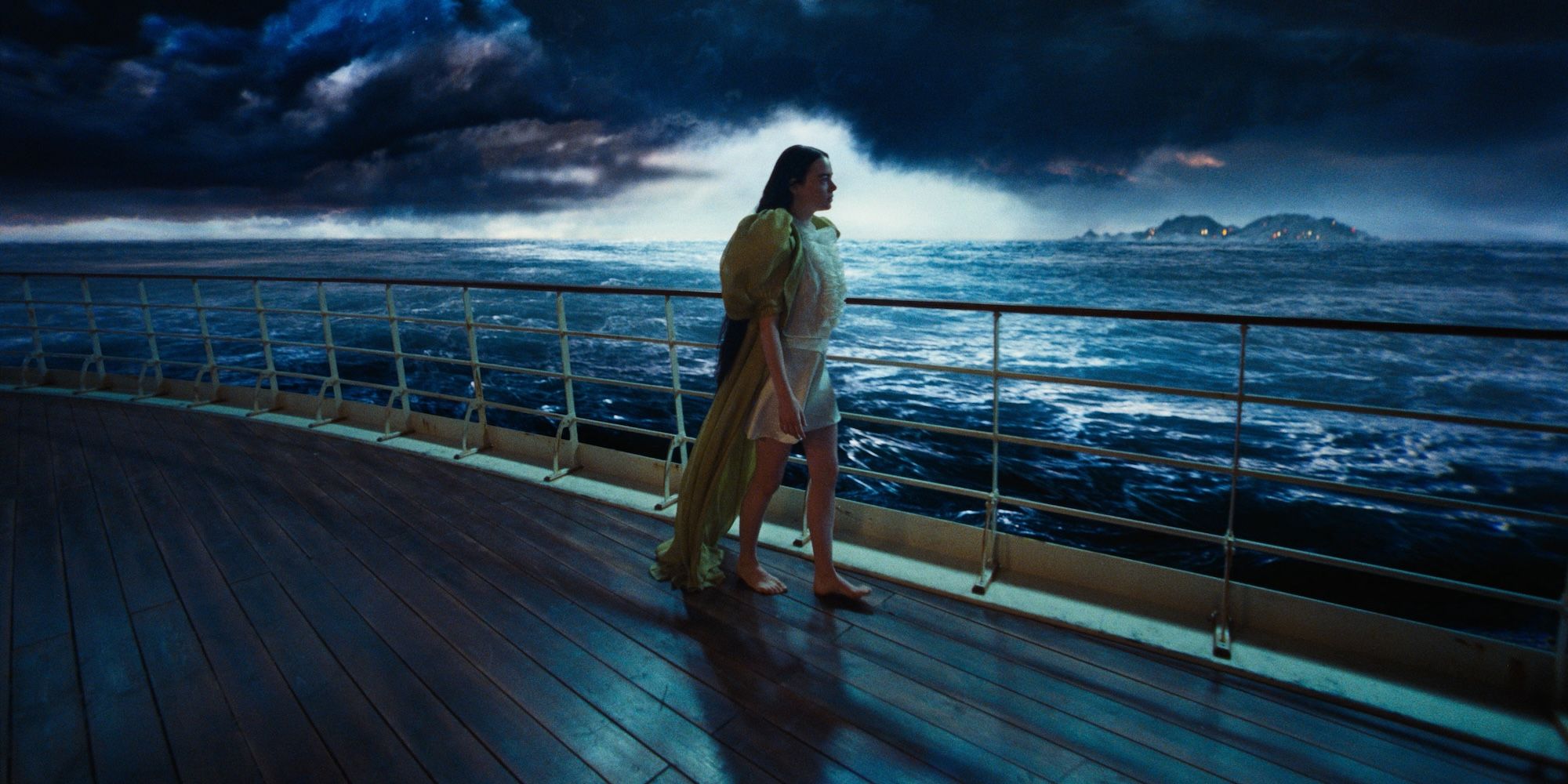Poor Things has been praised for its unique visuals, earning an Academy Award for production design. Here are the shooting locations used in the film.
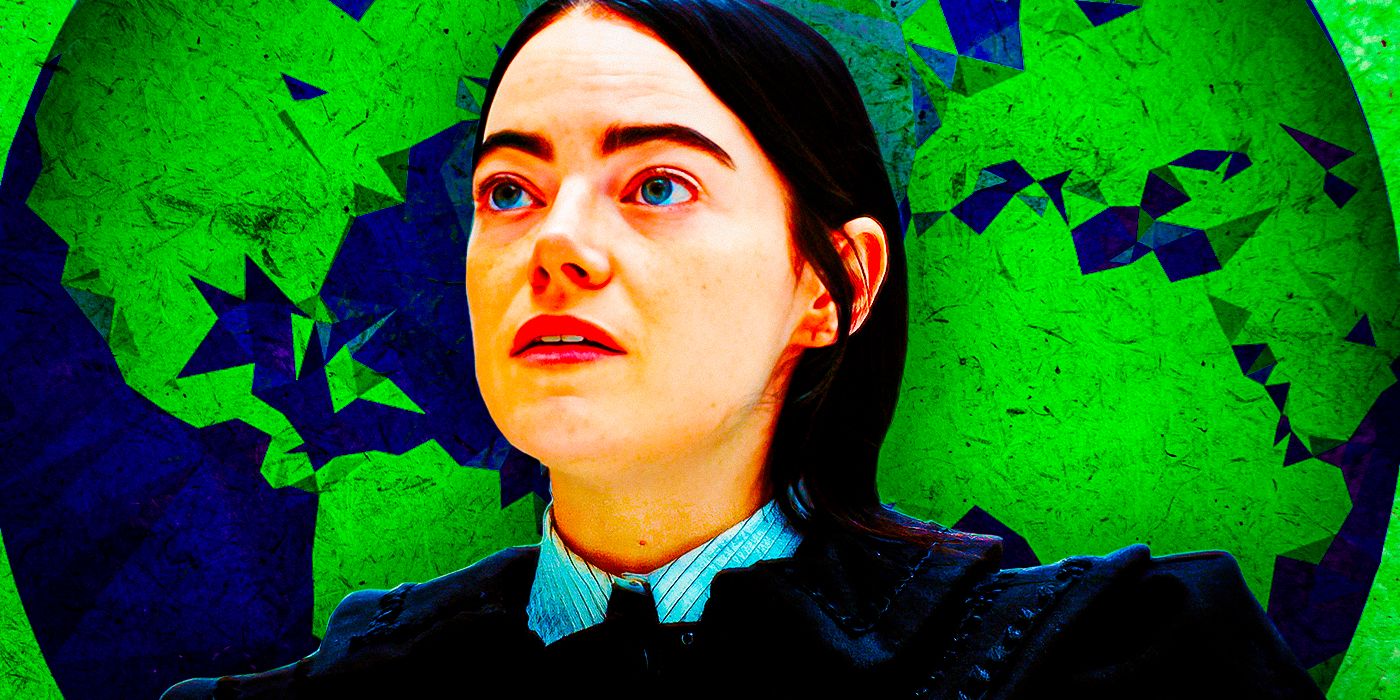
Custom image by Yeider Chacon
The unique adventures of Bella Baxter in Poor Things took the character around the world, but the filming locations were far more limited. Directed by Yorgos Lanthimos, Poor Things has been widely celebrated for its distinctive cinematic experience, winning four Academy Awards and two Golden Globes, including acting awards for star Emma Stone. Stone plays Bella, a character with the brain of an unborn fetus but the body of a grown woman. Her performance is astonishing, but the film was also awarded for its equally impressive production design, transforming European cities into strange, awe-inspiring visual spectacles.
James Price and Shona Heath, who collected the Academy Award for Best Production Design, sat down with CN Traveller to discuss their process of creating the film’s world. Poor Things takes place in the 1880s, but the film’s aesthetic choices make things deliberately confusing. After all, Yorgos Lanthimos’s film is described as sci-fi and fantasy, so the setting isn’t very straightforward. Bella Baxter is created by the hands of Godwin Baxter in London, but she travels to Lisbon, Alexandria, and Paris before returning home at the film’s ending.
Poor Things Official Trailer (Trailer)Budapest Sound Stages
Much of Poor Things was created on sound stages in Budapest, as Lanthimos “was very keen that everything was built,” resulting in unique settings for the film. The sequence in Lisbon, for example, was shot on an enormous soundstage, allowing them to create a strange, fantastical version of the city that could be labeled as Lisbon but not exactly resemble the actual location. The extended sequence on the ship was also shot on a sound stage. The human-made look of the sets also corresponds to classic monster movies, from which Poor Things takes inspiration.
The sets are embellished by imposing, vibrant skylines, all of which were actually built on sets, hand-painted, or on giant LED screens.
Lanthimos wanted the custom sets to look like a 1930s studio film with modern technology. With that in mind, the sets are embellished by imposing, vibrant skylines, all of which were actually built on sets, hand-painted, or on giant LED screens. This effect is enormously essential to the story, contrasting the black-and-white visuals of Bella’s home in London. Shona Heath describes it, saying, “The color was meant to feel like Bella suddenly opened her eyes and heart to all the people around her, to life and culture.”
Woods Outside Of Budapest
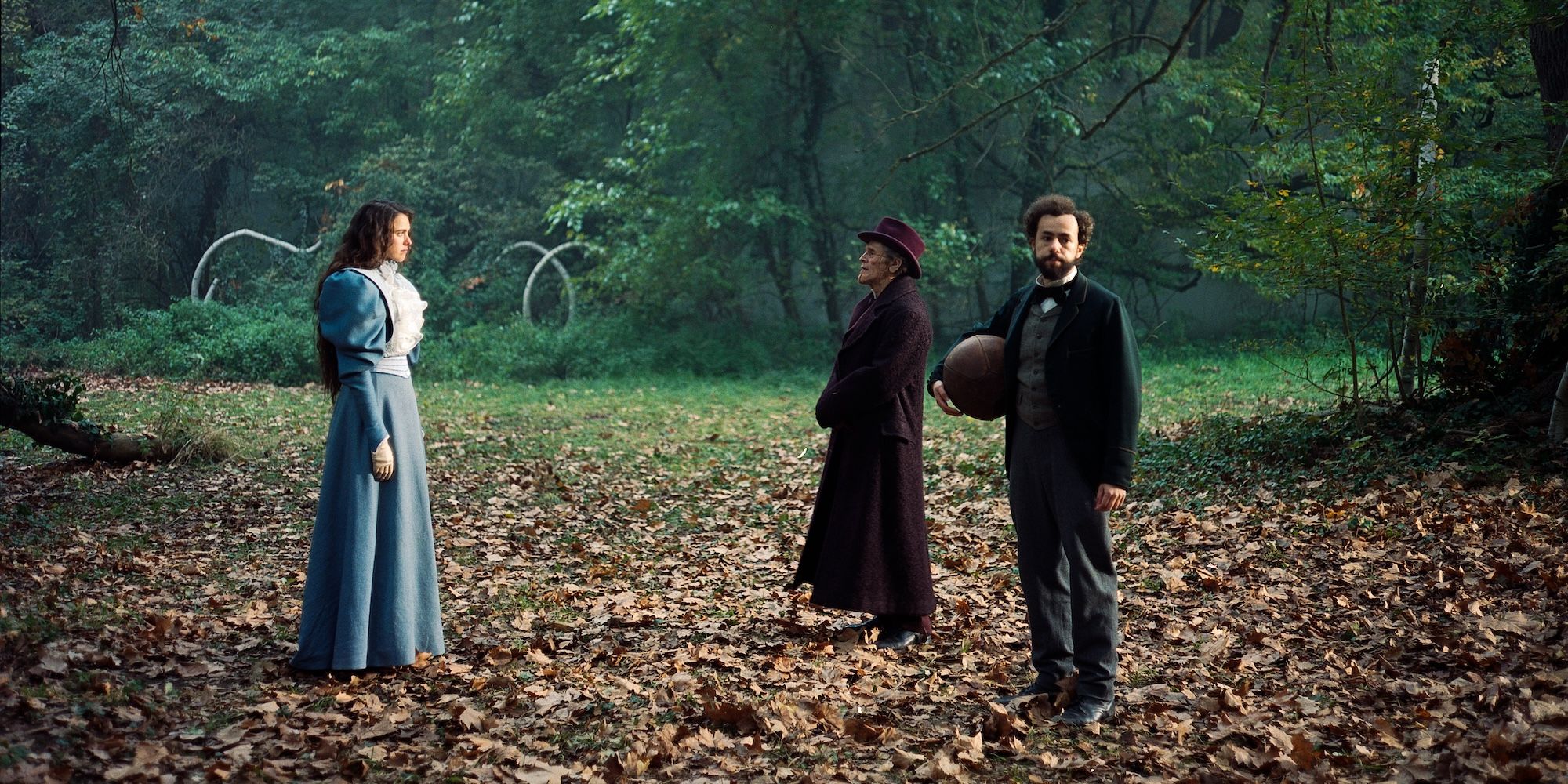
Shona Heath specifies that “only 5% of the whole film is in real locations.” One of those locations is the woods, which James Price described as being a 20-minute drive from central Budapest. Toward the end of Poor Things, Bella Baxter and her husband, Max McCandles (Ramy Youssef), can be seen strolling through the woods and conversing. Real-world locations may still be challenging to identify, as Heath mentions, “The [real locations] we ended up using had huge Poor Things makeovers and hopefully weren’t recognizable.”
Poor Things is now streaming on Hulu.
Metropolitan Ervin Szabó Library, Budapest
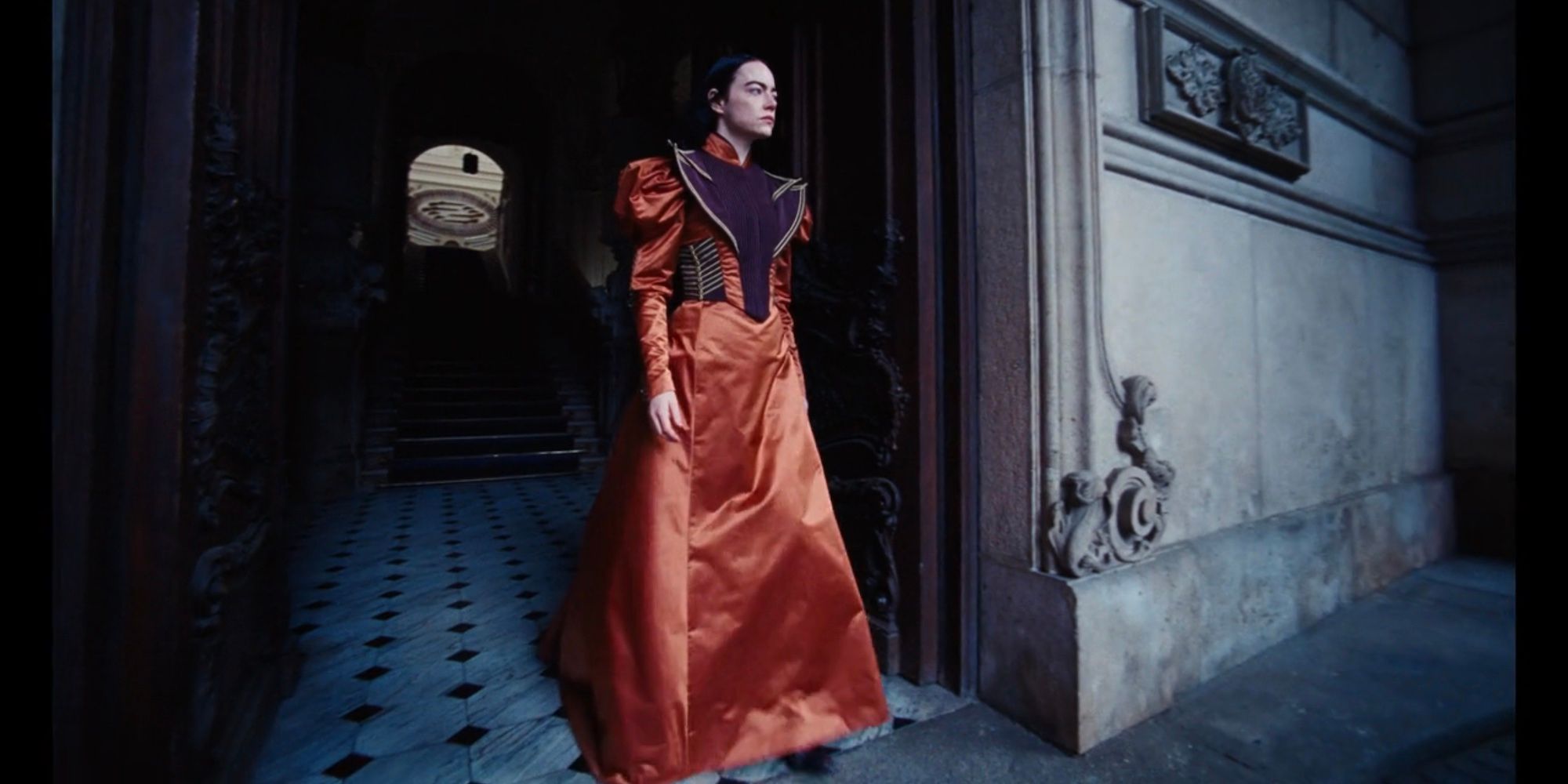
In Act 3, Christopher Abbott joins the Poor Things character cast as Alfie Blessington. His character was the husband of a woman who previously inhabited Bella Baxter’s body before Godwin Baxter re-constructed her. Much of the final sequence takes place in his house, which is one of the few real locations shot at. His home’s exterior was miniature, while the interior was the Metropolitan Ervin Szabó Library, one of the buildings for an extensive library network in Budapest. Miniatures were used frequently throughout the film for wide, establishing shots of locations, like the boat.
Poor Things James Price & Shona Heath interviewOld Television Building, Budapest

The London medical school, where Godwin Baxter practices and Bella is born, is another film setting shot at a real location. James Price states that the scenes were shot “in the old television building right in the city centre, not far from where Parliament is.” In the film, Yorgos Lanthimos inhabited the building with quirky characters and strange creatures, like the duck/goat and goose/dog. The added qualities make it hard to tell that it’s actually shot on location.
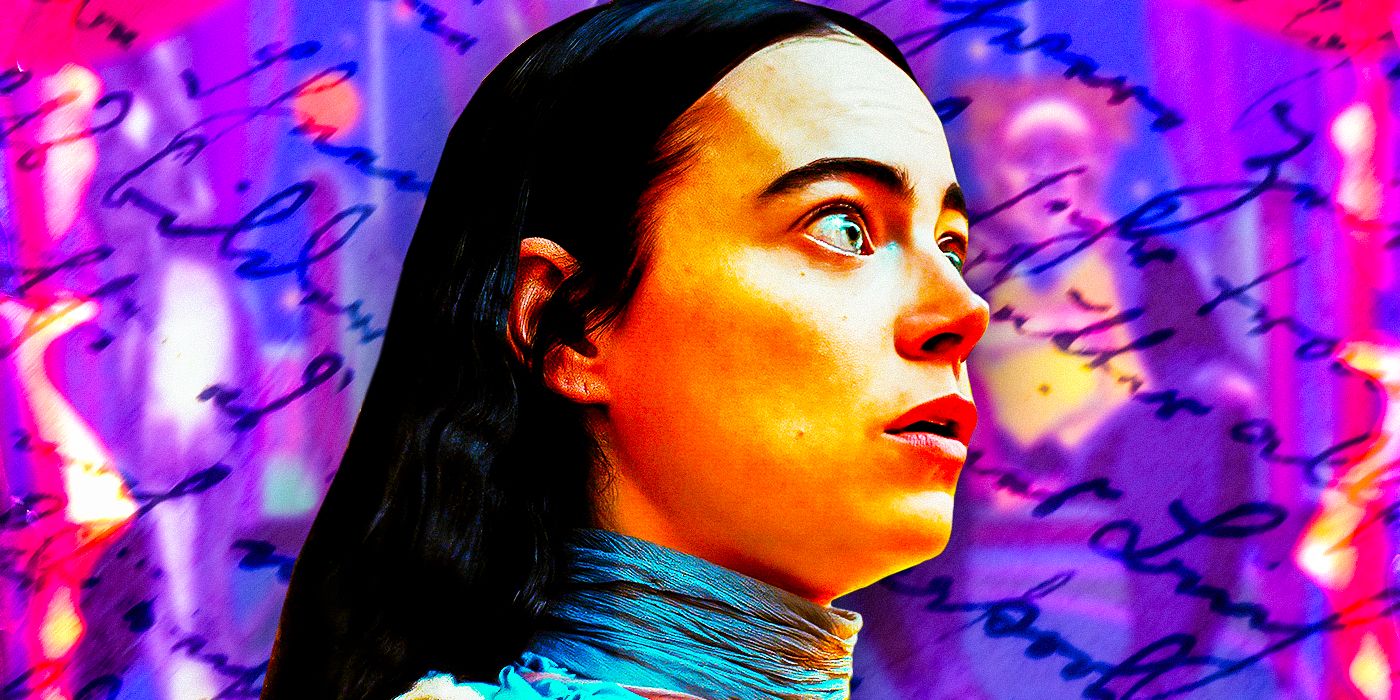
8 Biggest Changes Poor Things Makes To The 1992 Book
Although it’s well-known that Poor Things adapted its screenplay from a book, the changes the film made to the story are not as apparent.Crypt Beneath A Church, Outskirts Of Budapest
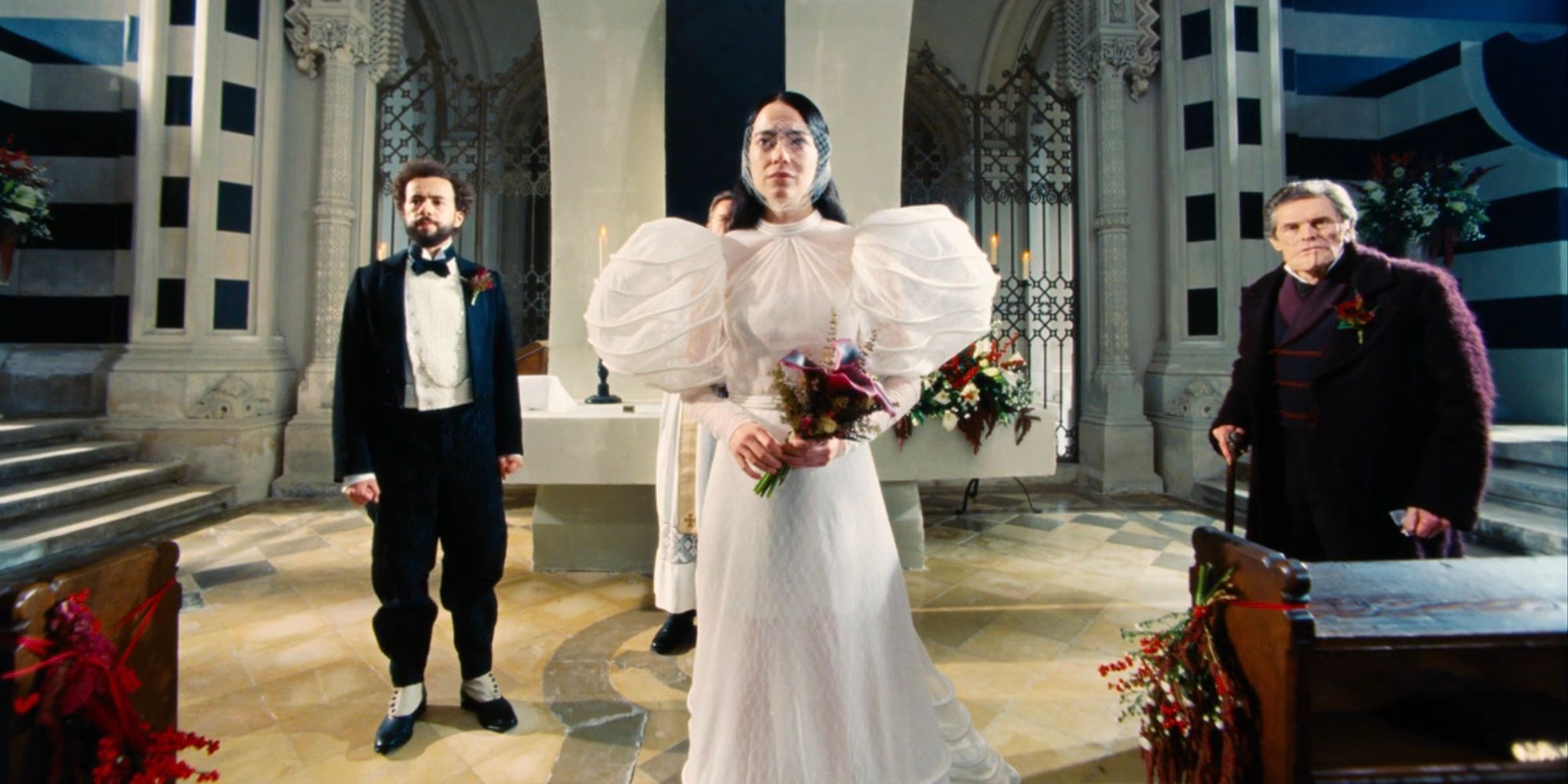
Building up to the Poor Things ending, Bella Baxter and MaxMcCandles have their wedding in a church before Alfie interrupts it. The sequence is technically shot at a real church, or at least in the crypts beneath one. Shona Heath describes that the church setting “was given a full-on, sort of M.C. Escher black-and-white, chunky Brutalist approach,” which meshes well with the natural crypt location. The artistry involved in making Poor Things is beyond impressive, worthy of the awards, critical acclaim, and box office success that’s come its way.
